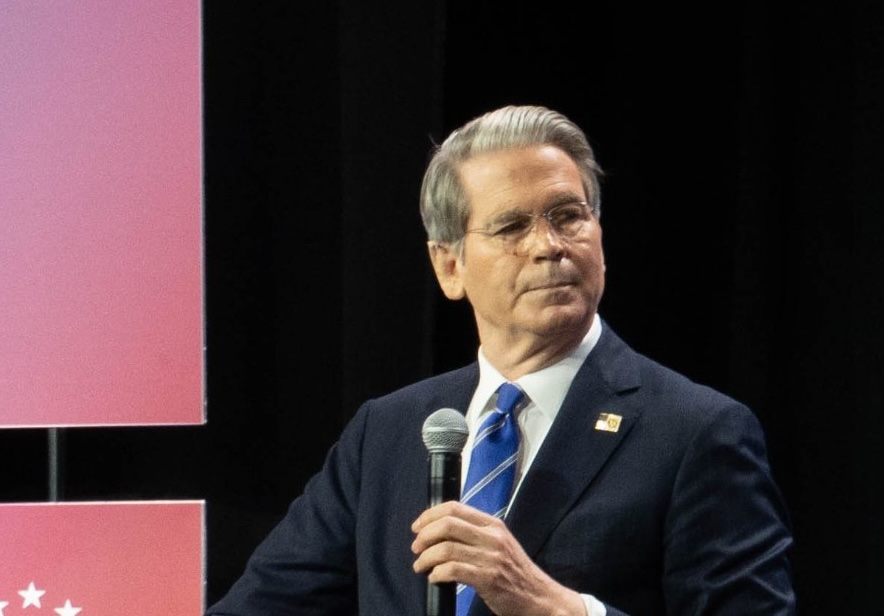Already a subscriber? Make sure to log into your account before viewing this content. You can access your account by hitting the “login” button on the top right corner. Still unable to see the content after signing in? Make sure your card on file is up-to-date.
A top US official has indicated that the Trump administration is considering declaring a national housing emergency this fall as part of a broader effort to combat soaring home prices.
Getting into it: In a Labor Day interview with the Washington Examiner, Treasury Secretary Scott Bessent confirmed the administration is weighing the emergency designation as a way to address what he called an “all hands on deck” crisis. “We may declare a national housing emergency in the fall,” Bessent said, stressing the urgency of the situation while noting that “everything is on the table.” While he declined to detail specific executive actions the administration might take, Bessent suggested that potential measures could include lowering closing costs, standardizing building and zoning codes across jurisdictions, and opening up federal land for residential construction.

“We’re trying to figure out what we can do, and we don’t want to step into the business of states, counties, and municipal governments,” he added.
Bessent acknowledged that high interest rates (currently averaging 6.56% for a 30-year fixed mortgage) are a major contributor to affordability challenges, and reiterated that cuts from the Federal Reserve would be helpful in cooling housing prices. However, he also pointed to broader structural issues, particularly the limited housing supply and rising construction costs. These factors have combined to push the median US home price to $443,141 as of July, according to Redfin, with inventory shortages keeping prices elevated despite weakening demand. “It’s not just about rates,” Bessent said. “It’s about supply, cost, and the barriers to building.”
One of the biggest obstacles to expanding supply is the rising cost of construction materials. Lumber prices remain volatile, with the National Association of Home Builders reporting a 5.8% year-over-year increase in the composite price of framing lumber, while futures have surged roughly 20% from a year ago.
The Commerce Department recently doubled duties on Canadian softwood lumber imports to 14.63%, and when combined with anti-dumping tariffs, the total levy now exceeds 35%. Bessent acknowledged this, adding, “We’re looking at potential exemptions on construction materials.”







